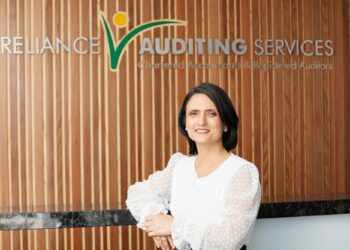Some significant changes have come into play for 2017/18 and beyond for many SMSFs in relation to how tax exempt investment income is calculated. Perhaps the easiest change is that no tax exemption applies to any transition to retirement income stream (TRIS) until the pensioner reaches 65 unless they retire or become permanently incapacitated or terminally injured or ill before then.
But there’s a lot more to it than that!
Before 1 July 2017, if an asset was solely supporting a pension balance it was considered a segregated pension asset and any investment income generated from it (including capital gains on its disposal) was completely exempt from tax and an actuarial certificate was not needed to claim the exemption. Nowadays, some SMSFs are prohibited from having segregated pension assets and they must instead obtain an actuarial certificate if they want to claim the tax exemption. This sounds straightforward, but there’s a pothole. What about SMSFs where all of the assets are solely supporting retirement phase pensions? Before 1 July 2017, all the investment income was completely exempt from tax and an actuarial certificate was not needed to claim the exemption. Fast forward to 2017/18 and beyond … all the investment income will only be completely exempt from tax if an actuarial certificate is obtained. The end result would be the same (all investment income completely exempt from tax) but we have to take a different route in 2017/18 and beyond in order to get there.
It gets even more complicated if an SMSF isn’t prohibited from having segregated pension assets and it has periods during the year when all of the assets are solely supporting retirement pensions and other periods where the assets aren’t solely supporting retirement phase pensions (this could happen if a new contribution is made to a SMSF where all of the account balances were previously solely retirement phase pensions). The complication in these cases from 1 July 2017 is that if an SMSF can use the segregated method for calculating a tax exempt amount, it must use that method – even if the assets are only segregated pension assets for part of the year. The tax exemption for SMSFs like this would be calculated using a combination of:
- the segregated method for the part(s) of the year when the assets are solely supporting retirement phase pensions; and
- the actuarial certificate method at all other times – a single actuarial certificate must be obtained for the entire income year, and the single tax exempt % would be applied to all income generated in the part(s) of the income year where the assets were not segregated pension assets.
As you can imagine, SMSFs with assets that switch from “segregated” to “pooled” numerous times during a year (say, by the addition of new contributions / rollovers followed by the commencement of additional retirement phase pensions / withdrawal of accumulation monies) will also need to switch between tax exemption methods numerous times during that year.
Heffron SMSF Solutions are both actuaries and SMSF experts so ask us how we can help you both understand the changes and minimise the impacts for your clients.
Learn how Heffron can help >>> https://www.actuarial-certificates.com.au/



For funds still able to segregate for tax purposes, they would be wise to consider segregating accumulation assets also. This would make the tax percentage calculation much more straight forward.
My view is, if a fund is 100 per cent segregated for the FY, even if a combination of current and non current pension assets, a self assessment of the ECPI would be satisfactory.
Actuarial businesses are rubbing their hand together on this legislative cash cow and trustees need to think about how they proceed, rather than be beholden to faux complexity designed to drum up business.
Another reason to get rid of actuaries certificates and go back to a much simpler method of allocating income between components of an SMSF.